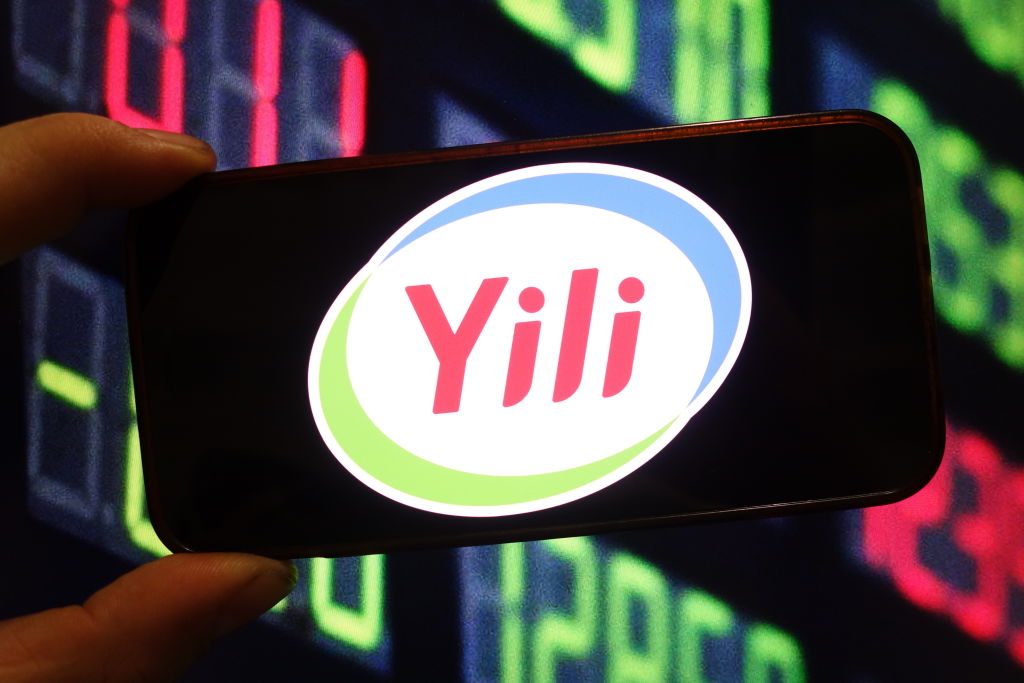Don’t be fooled by the p/e ratio
The p/e ratio is a popular tool with investors, but it can be misleading. A better approach may be to use a 'smart' p/e ratio. Phil Oakley explains how.
Investors often focus on two key things when they buy a share: how much profit or earnings the company is making, and what price the shares are. That's why the price/earnings (p/e) ratio is so popular. This simply takes the share price and divides by earnings per share (EPS the company's after-tax profits divided by the number of shares in issue). Usually, the lower the p/e, the better a p/e of eight means you pay £8 for £1 of earnings, while a p/e of 20 means you pay £20.
A popular variation is the price/earnings to growth (PEG) ratio. This divides the p/e ratio by the expected earnings growth rate. This helps when analysing fast-growing firms it might be worth paying £20 for £1 of earnings if earnings are growing very rapidly. A PEG ratio of below one (where the earnings growth rate is higher than the p/e) indicates the share is cheap, given its growth rate.
That all sounds straightforward, and it is except for one big stumbling block: you can't rely on EPS.
MoneyWeek
Subscribe to MoneyWeek today and get your first six magazine issues absolutely FREE

Sign up to Money Morning
Don't miss the latest investment and personal finances news, market analysis, plus money-saving tips with our free twice-daily newsletter
Don't miss the latest investment and personal finances news, market analysis, plus money-saving tips with our free twice-daily newsletter
The abuse of numbers
Which figure? There is no definitive EPS number. Basic EPS includes one-off costs and gains. Adjusted EPS ignores them. Diluted EPS, meanwhile, takes account of shares that can be issued in the future (because of a director's share options scheme, for example). The adjusted, diluted measure is probably best but you can see why it can get confusing.
Is it real, value-adding growth? Companies can grow earnings either by buying other firms, or by investing in their existing business. In a low interest-rate world like this one, spending money on such projects doesn't have to deliver particularly big returns in order to boost EPS. But if those returns don't reward shareholders for the risks that are being taken, the company becomes less, not more, valuable (you are taking more risk for less reward), even if EPS rises.
Fiddling EPS via share buybacks. If the number of shares on the market falls faster than earnings, then EPS will go up. The easiest way to do this is to borrow money to buy back shares. As interest on debt can be used to cut the tax bill, as long as the earnings yield (EPS/share price) is greater than the after-tax cost of interest on the debt, EPS will rise.
Say a company borrows at 5%. With a tax rate of 23%, that's an after-tax cost of debt of 3.85%. If the earnings yield is 4% or more (a p/e of 25 or below), then EPS goes up. That's even though very few companies are worth 25 times earnings. Also, the debt used reduces the value of equity by a corresponding amount, whereas profits drop only by the after-tax cost of interest. This causes the p/e ratio to fall, making the shares look cheaper, yet they are not. The opposite happens when companies with big cash piles look more expensive than they are (see below).
Beware low tax rates and temporary profits. Low tax rates often don't stay low, while big profits from lucrative contracts can disappear rapidly.
In short, EPS can be very misleading. So I've had a look at how to build a smarter' p/e ratio for valuing shares below.
Building a smarter measure
return on capital employed (ROCE)
You do this by taking a whole company' approach. The enterprise value of the company (the p' in our smart' p/e) is the market value of its equity, plus its debt, less any cash. Then take trading or operating profit, and tax it at a conservative tax rate which I've assumed to be the corporation tax for its home country. This leaves the profit available for investors (the e'). As the example shows, using the simple p/e, a cash-rich company such as Apple looks more expensive than debt-laden Enterprise Inns. But the truth as our smart' p/e reveals is that Apple is much cheaper.
| Share price (p) | $501 | 142.9p |
| EPS (e) | $44.15 | 20.4p |
| Simple p/e ratio (p/e) | 11.3 | 7.0 |
| Calculating the smart' p/e ratio | Row 3 - Cell 1 | Row 3 - Cell 2 |
| Market value | $455bn | £723m |
| Debt cash | -$121.2bn | £2,737m |
| Enterprise value (EV) | $333.8bn | £3,460m |
| Operating profit | $55.24bn | £326m |
| Full tax rate | 35% | 24% |
| Tax charge | -$19.3bn | -£78.2m |
| After-tax operating income (A) | $35.9bn | £247.8m |
| Smart' p/e (EV/A) | 9.3 | 14.0 |
Stay up to date with MoneyWeek:Follow us onTwitter,FacebookandGoogle+
Get the latest financial news, insights and expert analysis from our award-winning MoneyWeek team, to help you understand what really matters when it comes to your finances.
Phil spent 13 years as an investment analyst for both stockbroking and fund management companies.
After graduating with a MSc in International Banking, Economics & Finance from Liverpool Business School in 1996, Phil went to work for BWD Rensburg, a Liverpool based investment manager. In 2001, he joined ABN AMRO as a transport analyst. After a brief spell as a food retail analyst, he spent five years with ABN's very successful UK Smaller Companies team where he covered engineering, transport and support services stocks.
In 2007, Phil joined Halbis Capital Management as a European equities analyst. He began writing for MoneyWeek in 2010.
-
 Mortgage market reforms: how the FCA's new affordability rules could help you onto the property ladder
Mortgage market reforms: how the FCA's new affordability rules could help you onto the property ladderThe Financial Conduct Authority (FCA) will consult on a range of changes to mortgage lending rules in 2026 to help underserved borrowers
-
 Quality emerging market companies with consistent returns
Quality emerging market companies with consistent returnsOpinion Mark Hammonds, portfolio manager at Guinness Global Investors, selects three emerging market stocks where he'd put his money